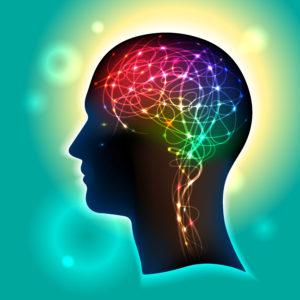Dr. Simon Brandt is an analytical chemist and drug researcher based at Liverpool John Moores University (LJMU).
Dr. Brandt earned his degree in biochemistry and molecular biology from the University of Hamburg in 1999, concentrating on cell structures, pharmacology, and toxicology. He graduated from The University of Manchester with a Ph.D. in analytical chemistry in 2004. From 2011 to 2020, Dr. Brandt helped to coordinate Public Health England’s UK Early-Warning System on New Psychoactive Substances.
Dr. Brandt lends his expertise to risk assessment and legal scheduling determinations for psychoactive substances. He is a member of the Scientific Committee of the European Monitoring Centre for Drugs and Drug Addiction and advises the World Health Organisation’s Expert Committee on Drug Dependence. He also serves on the editorial board of Drug Testing and Analysis, a Wiley journal.
His bio page on LJMU website states that Dr. Brandt studies “the chemistry, analytical and pharmacological properties of psychoactive substances, ‘legal highs’, drugs of abuse and so-called designer drugs” within a multidisciplinary context. He has studied a variety of psychedelics and their derivatives including LSD,1 cannabis,2 ketamine,3 mescaline,4 and various tryptamines.5
Dr. Brandt was the lead author on 6-part series entitled “Return of the Lysergamides” published between 2016 and 2020.6-11 His 2005 paper marks the first apparent mention of MPT, a synthetic tryptamine, in scientific literature. MPT is a structural analog of DMT that was synthesized by Richard Mankse in 1931.12 MPT’s crystal structure was later solved by a team of researchers at the University of Massachusetts Dartmouth and CaaMTech, led by Dr. Andrew Chadeayne.13 A Psychedelic Science Review article summarized the associated study, whose purpose was to explore shorter-acting tryptamines that have similar therapeutic effects to their better-known psychedelic counterparts.
Dr. Brandt is a frequent collaborator of Dr. Adam Halberstadt of UCSD. He has also worked with Dr. Adam Klein of Gilgamesh Pharmaceuticals (and formerly of UCSD) and Dr. Torsten Passie of Hannover Medical School in Germany. Dr. Brandt co-authored a study led by Dr. Klein that investigated how certain types of psilocybin analogs, specifically 4-substituted tryptamines, interact with 5-HT2 serotonin receptors.14 The study was covered in an article on Psychedelic Science Review.
His work with Dr. Passie includes research into cannabis resin’s effects on PTSD symptoms2 and comparison of the neurological effects of S-ketamine and racemic ketamine,3 the latter being Dr. Brandt’s most recent publication. A February 2021 Psychedelic Science Review article summarizes the latest science on the differences between R and S isomers of ketamine.
Dr. Brandt co-edited the book “New Psychoactive Substances: Pharmacology, Clinical, Forensic and Analytical Toxicology.” 15
As an expert on drugs of abuse, Dr. Brandt has been interviewed by The Independent on mephedrone dangers, The Guardian on prescription drugs such as benzodiazepines, YourEDM on the peak in MDMA, and ecstasy in 2016, and the Wall Street Journal on unregulated narcotics. He also gave a presentation on psychoactive tryptamines at the 2010 “Psychedelic Science in the 21st Century” conference hosted by MAPS.
In June 2016, Dr. Brandt earned the LJMU Impact Award for contributions to international drug legislation and policy
Dr. Brandt’s extensive published research is listed on his LJMU bio page and on ResearchGate.
